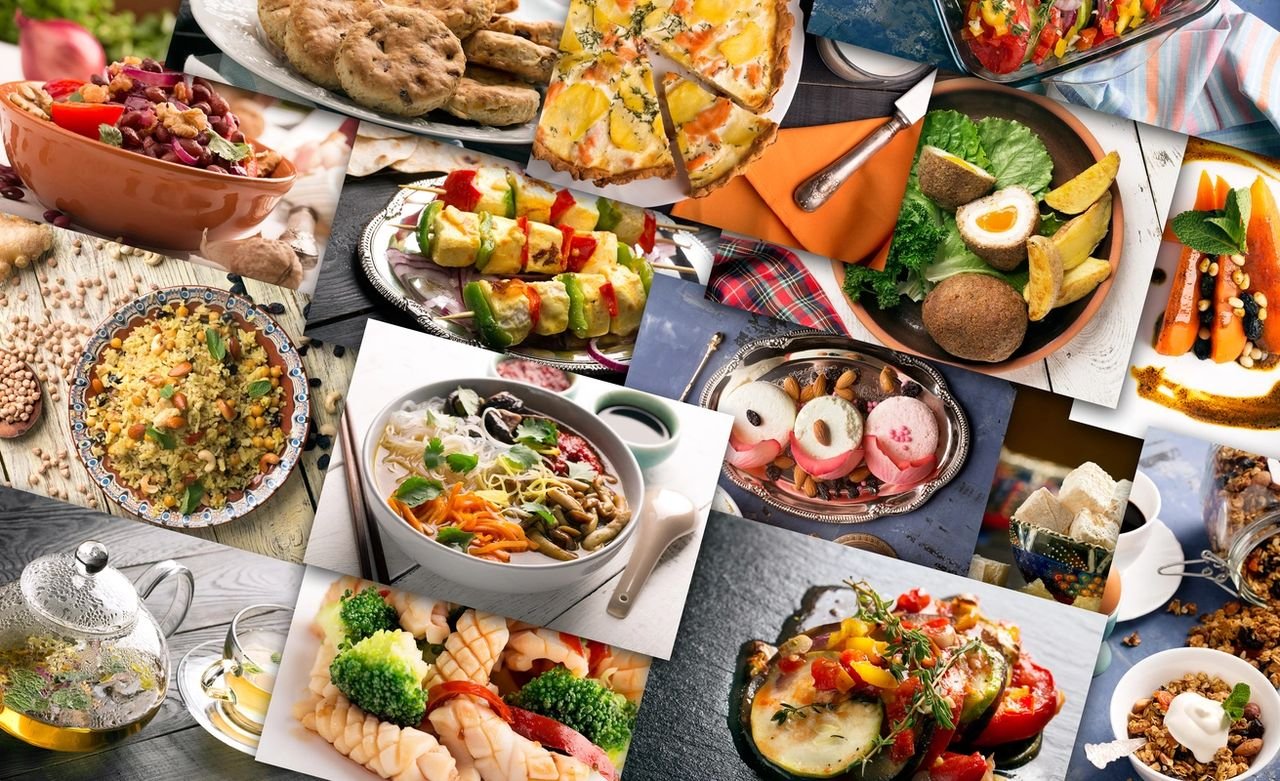"But My Dog Isn't Motivated By Food!"
Read on for the truth about that.
Every normally functioning living being on Earth has been motivated by food from the moment they were born. If not, we wouldn't be here and neither would our dogs.
The issue is likely your dog isn't motivated by the food rewards or training treats you're offering or is too full from her regular meals. (Being too full is never a problem for my dog Petey.)
Ways to increase motivation
Bring on the good stuff
Training isn't time for grocery store biscuits and kibble rewards. While many dogs enjoy raw veggies as treats, when your dog is doing the hard work of learning a new behavior she deserves a better paycheck.
Make a big impression during training sessions with something your dog finds irresistible. For most dogs that will be people food such as diced cheddar cheese or Parmesan, diced boiled chicken breast, deli roast beef, freeze-dried fish, and so on.
Audition a few different items and see what piques your dog’s taste buds. You can usually tell by your dog’s body language (lots of wagging and sniffing your hand trying to access the treat) what gets her attention.
Keep the treat super-special by giving it to your dog only when training.
Find out what he prefers, and use that
Most dogs have food preferences and research shows that they will learn better when given their favorite treat as a reward. As reported by my colleague, Dr. Zazie Todd, “studies have shown that dogs prefer food as a reward compared to petting or praise (see do dogs prefer petting or praise and the importance of food in dog training for summaries of some of these studies). Scientists have also shown that dogs run faster to receive a better quality food reward (sausage compared to kibble).”
Then, use some more
Quantity matters in dog training. The most effective way to teach our dogs a new behavior is by rewarding the behaviors we want to see more of. As well as being super-special, food rewards need to be given frequently. Clients notice when we work together that I move right along the training plan, rewarding frequently to keep the dog engaged.
Rewards-based dog trainers call this “rate of reinforcement” and aim to reward the trainee 8 - 10 times per minute.
Yes, that's a lot of treats, so they can be delicious but small, even pea-sized.
An empty dinner bowl is not a hardship for most healthy dogs. In fact, it can be a kindness. Photo by Collab Media on Unsplash.
“Close the economy”
When I work with client dogs who don't seem super excited about the very excellent treats I bring, we discuss ways to make things a bit more special:
Reduce other meals on training day.
No other treats on training day.
Fewer enrichment food toys on training day.
Giving the dog all her meals through training sessions — trainers call this “closing the economy” on food — which works especially well for dogs with allergies and food sensitivities. In their case, getting all their special kibble as training rewards is perfectly appropriate.
For a normal, healthy dog who regularly eats from a bowl, it is not a hardship to have to work for her nourishment.
In fact, because our dogs are hardwired to spend much of their waking hours looking for stuff to eat, it can be a kindness.
Always discuss concerns about your dog's diet with your vet.
So grab that training pouch and look fo some ways to motivate your dog. For ideas, download my free resource, Training Treats the Pros Use.


